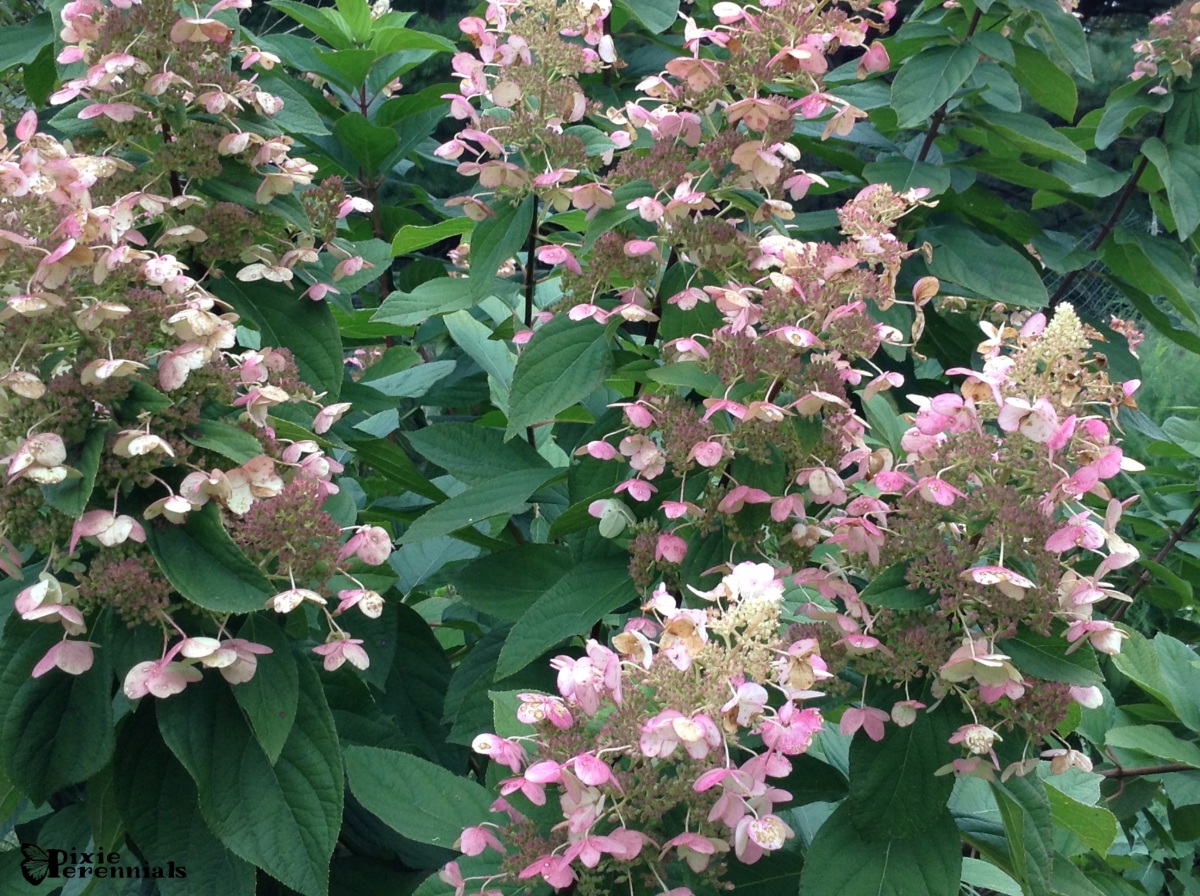In Case You Were Wondering…how to get rid of the soggy areas around your property that never seem to dry out and create a muddy nuisance where grass won’t grow, read on.

Rain Garden Diagram
Most commercial buildings and multi-family communities have storm drains and retention/detention ponds to accommodate the water that is trapped when the natural landscape is replaced with buildings and impervious surfaces such as asphalt parking lots, streets, and sidewalks; and rain can no longer be absorbed by the ground.
These solutions work well to divert or capture large volume runoff, provided the drainage systems are designed effectively to carry the water to the drains and/or holding areas.
But what about the areas around your property that never seem to drain off? When water is diverted into a low area that has no outlet or is not suitable for drainage, water will begin to pond, and over time the weight of the water will compact the soil and create a deeper pool, allowing more water to sit. A rain garden can be a very practical and effective means of addressing these drainage issues; particularly where downspouts are not placed appropriately or do not run off properly; settled ground has created depressions that trap water; or the ground has become so compacted that water simply no longer infiltrates the soil. Grass, ornamental plants, and trees eventually die off from the excess moisture leaving you with wet, unusable areas around your property that never dry out.
A rain garden is a shallow depression that captures rain water and holds it for a short time until it is absorbed into the ground, evaporates, or is taken up by plants. The rain garden is an innovative and eco-friendly landscaping solution that’s gaining in popularity, particularly in office parks and multi-family communities. An increasing number of property managers and commercial property owners are discovering how a rain garden can be an inexpensive and effective solution to these unsightly, unusable areas; while at the same time help to decrease erosion, improve water quality, create wildlife habitat, and provide aesthetic benefits.
Rain gardens were originally developed to slow down the flow of storm water runoff created when buildings and pavement cover the ground and prevent water absorption as soil becomes compacted and the natural landscape changes from diverse native vegetation to mowed and manicured lawns. These factors decrease the amount of water that soaks into the landscape after a rain and increases the volume of water that flows across the terrain and into storm drains that empty into local streams. This increased water flow (both in terms of volume and velocity) leads to more erosion, more flooding and
more pollutants being washed into streams and reservoirs. Rain gardens provide a solution to these problems by helping to slow the flow.
Additionally, rain gardens provide a practical and effective solution to the smaller scale drainage issues described above. A well-functioning rain garden traps and cleans storm water and reduces its volume (through rapid absorption) once it enters the garden. Properly designed and maintained, rain gardens are also attractive landscaping elements that function like native ecosystems and can look as naturalistic or as formal as you like. The plants in the gardens absorb excess water and provide important habitat for pollinating insects, birds and other wildlife while also adding visual appeal to the land around your community or your business.
But you’re not merely building a catch-basin that’s going to turn into a pond every time it rains. Far from it. With sound design, (the appropriate soil/gravel, knowledgeable plant selection, and correct installation), water is absorbed quickly – usually within a few hours.
And, in case you think your rain garden will provide a new breeding area for mosquitoes – think again. A rain garden doesn’t retain water long enough to make it a viable area for mosquito development. Depending on temperature, it takes 24-48 hours for mosquito eggs to hatch. After the eggs hatch, the larva must live in water for several days. A properly installed and maintained rain garden does not hold water long enough to accommodate the development of mosquito larvae.
Contact ILT today and find out how the installation of rain gardens can help you solve some of the drainage issues around your community or business. By creating a rain garden(s) you can eliminate those problem areas of your landscape while helping to keep some of the rain that falls on your site contained on site, the way nature intended. And in addition, you can help improve water quality in local streams/rivers, save water, reduce pollution, and help wildlife.












